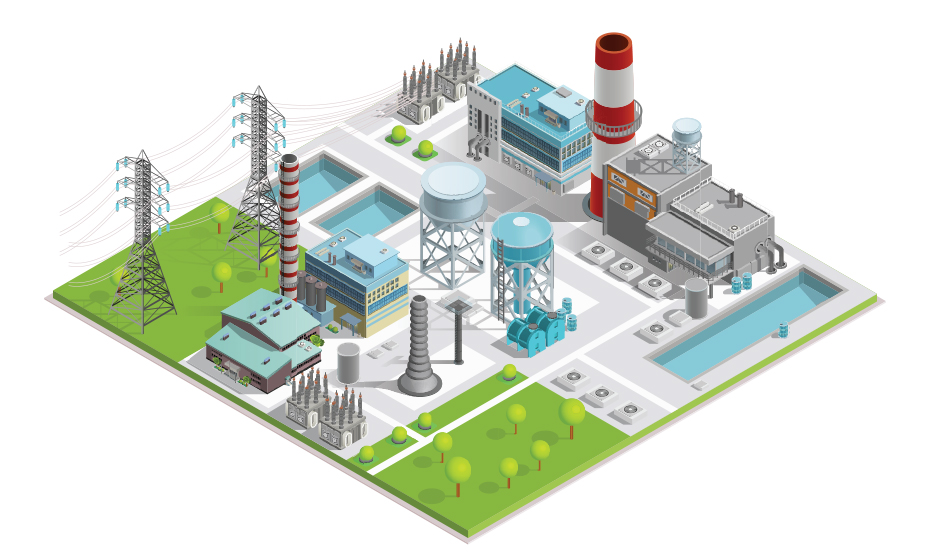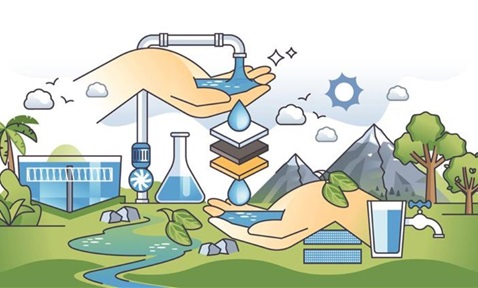
CryoPolygen Simulator in TRNSYS: A Preliminary Design Tool for CryoPolygeneration System Planning and Operation Studies
Synopsis
The CryoPolygen Simulator is a software tool designed to assist users in planning and designing CryoPolygen plants. These plants generate electricity and cold energy from liquefied natural gas (LNG) or hydrogen. The tool models various plant components, including solar panels, gas turbines, batteries, regasification units, absorption chillers, electrical chillers, and cold storage. It can simulate plant performance for up to one year, considering technical, economic, and environmental metrics, and also provides a detailed energy model of the plant.
Opportunity
The commercial potential for the CryoPolygen Simulator is substantial, offering various benefits to the energy sector. The tool offers higher energy efficiency and lower carbon emissions, as it optimises the use of waste heat and cold from the LNG regasification process and integrates renewable energy sources. It also provides greater flexibility and resilience, as it can handle different scenarios, scales, and locations, and can also use liquefied hydrogen as an alternative or additional energy source. Further, the tool can provide more value-added services, as it can produce electricity, gas, cold energy, steam, and hot water in a single operation, and support cryogenic carbon capture. The tool also caters to the growing demand for clean energy, especially in urban and industrial areas requiring cold energy, such as data centres, cold storage warehouses, and hospitals. The CryoPolygen Simulator is a promising innovation that can help meet the challenges and opportunities of the energy transition and contribute to global climate goals.
Technology
The CryoPolygen Simulator helps users design and plan CryoPolygen plants, which produce electricity and cold energy from LNG or hydrogen. Utilising TRNSYS software, the tool models various components, such as solar panels, gas turbines, battery, regasification unit, absorption chiller, electrical chiller, and cold storage. It can connect to a utility grid or operate in island mode, simulating plant performance for up to one year with sub-hourly resolution. The tool estimates the technical, economic, and environmental metrics and applies to any scale of application. It can also be expanded to include hot thermal systems, such as heat pumps, boilers, and hot storage. It considers yearly variations in load, fuel cost, carbon tax, and other factors, allowing users to set priorities and optimise electricity dispatch decisions. The tool balances problem complexity with computation effort, providing a detailed energy model of the plant.
Applications & Advantages
- The technology optimises waste heat and cold from LNG regasification and integrates renewable energy sources, resulting in higher energy efficiency and lower carbon emissions.
- It adapts to various applications, scenarios, scales, and locations using liquefied hydrogen as an alternative or additional energy source, offering greater flexibility and resilience.
- It produces electricity, gas, cold energy, steam, and hot water in a single operation, and can also support cryogenic carbon capture, providing more value-added services.
- It caters to the growing demand for clean energy, especially in urban and industrial areas that require cold energy, such as data centres, cold storage warehouses, and hospitals.














/enri-thumbnails/careeropportunities1f0caf1c-a12d-479c-be7c-3c04e085c617.tmb-mega-menu.jpg?Culture=en&sfvrsn=d7261e3b_1)

/cradle-thumbnails/research-capabilities1516d0ba63aa44f0b4ee77a8c05263b2.tmb-mega-menu.jpg?Culture=en&sfvrsn=1bc94f8_1)













